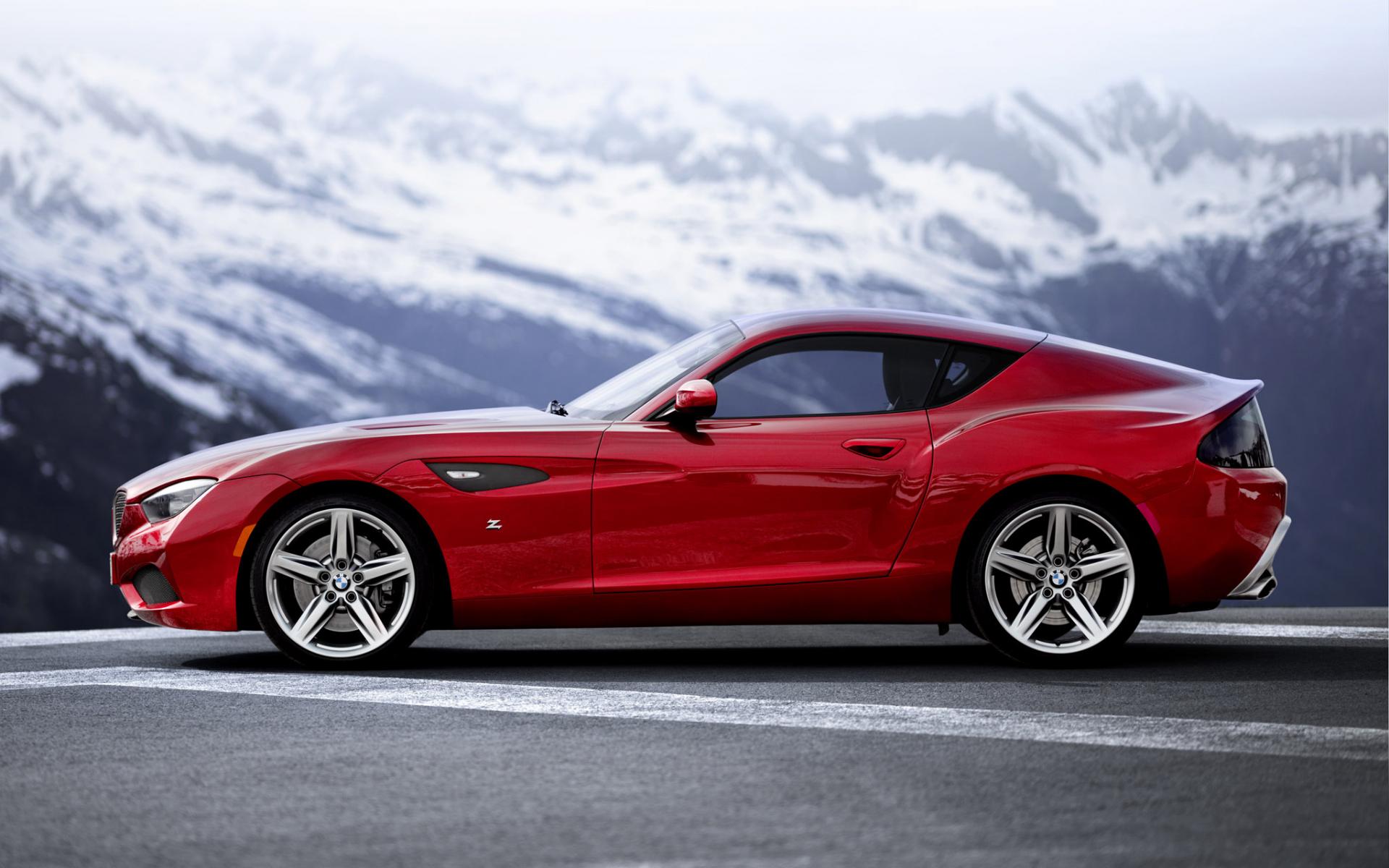Up to the beginning of the twentieth century, tourists travelled almost exclusively by rail and steamship. The invention of the new transport medium, travel by a private car and coach received its first impetus in the ten years which preceded World War I.
The entire shape of the tourist industry was therefore transformed by the invention of this new transport medium. The growth of the private car may be identified as a major cause of the decline of the railways.
In both USA and the United Kingdom, passenger rail traffic almost halved in the first ten years or so after the First World War. The motor car gradually came to be the alternative means of transport for both short and medium range journeys.
ADVERTISEMENTS:
Subsequently, with the growth of a fine network of fast and superfast national and international highway systems, long journeys were also performed by motor car and motor coach.
Advent of Motor Cars:
The motor car revolutionised the holiday habits. Although the first motor car had come into operation by the end of the 19th century, up to the time of the First World War their numbers jumped manifold. It became increasingly important in the pursuit of leisure and tourism.
The actual number of holiday makers travelling by road increased tremendously as more and more people took holidays away from home. The provision of the good motor roads and road services were important factors in the development of both domestic and international tourism.
With the tremendous increase in the road traffic, improved roads and dual carriageways were introduced after 1930. In 1930s, Germans pioneered the development of motorways with their autobahn. Improvements in road transport facilities stimulated tourism in many European countries such as France, Spain and Germany.
ADVERTISEMENTS:
Mention may be made of the great progress made in USA in building highways, expressways and superhighways. In many other countries of the world newer and faster roads were built which made movement of traffic by road faster and more comfortable.
Mobility can, perhaps, be considered as one of the major causes of the development of the motor transport. The motor car had provided the actual mobility so that people are no longer anchored to a particular holiday centre as they tended to be when they mostly travelled by train.
Speed is yet another important factor which economizes on time and, therefore, makes it possible for people with limited amount of time to travel to distant places. People with even one week of holiday considered it sufficient to travel.
The gradual spread of the network of roads opened up many new areas and made many places hitherto not very accessible easy to get to. The railways, on the other hand, tended rather to concentrate and restrict movement to particular channels.
Road Transport after World war:
Road transport made striking advances in the subsequent years. Soon after 1950, when the difficulties and restrictions of the immediate post- war years had begun to make themselves out, there were rapid developments in transport; whereas the car ownership multiplied, the motor coach appeared in increasing numbers and the coach tour became popular. Greater use of motor-car and coach is being made at present for the purpose of tourism.
A great majority of people travel by the above modes in Europe. Increasing use of this mode of transport is being made in USA and Canada as also in other major tourist countries. The constructions of motorways in many countries has made speedy travel over long distances by car and the coach easy and have made many remote places more accessible.
The development of ‘monorail’, the carrying of cars and coaches over extended distances by train is making it possible for holiday makers to use motor cars in holiday areas.
Highway Programmes in the World:
Though economic conditions in the recent years, as a result of increasing fuel costs and the energy crisis, have not favoured travel by private motor car, road transport remains the mode most used by international visitors.
The world economic crisis which brought about cut backs in the use of transport facilities, did not, however, seriously impair the growth of road transports. In many countries of Europe increasing emphasis is being given to the construction of new roads.
Several countries are continuing to build motorways and highways and new road systems to cater to the increasing volume of road transport including tourist transport. There are large-scale highway programmes in the pipe line at present in different regions of the world. This are-
(a) The Trans-African Highway
(b) The Trans-West African Highway
(c) The Trans-East African Highway
(d) The Trans-Europe North-South Motorway
(e) The Pan-American Highway
(f) The Asian Highway
Highways in India:
Currently, India has 5 express highways. These are as follows:-
(a) Western Express Highway.
(b) Eastern Express Highway.
(c) Highway between Kolkata and Dumdum.
(d) Highway between Sukinda Mines and Paradeep.
(e) Highway between Durgapur and Kolkata.

